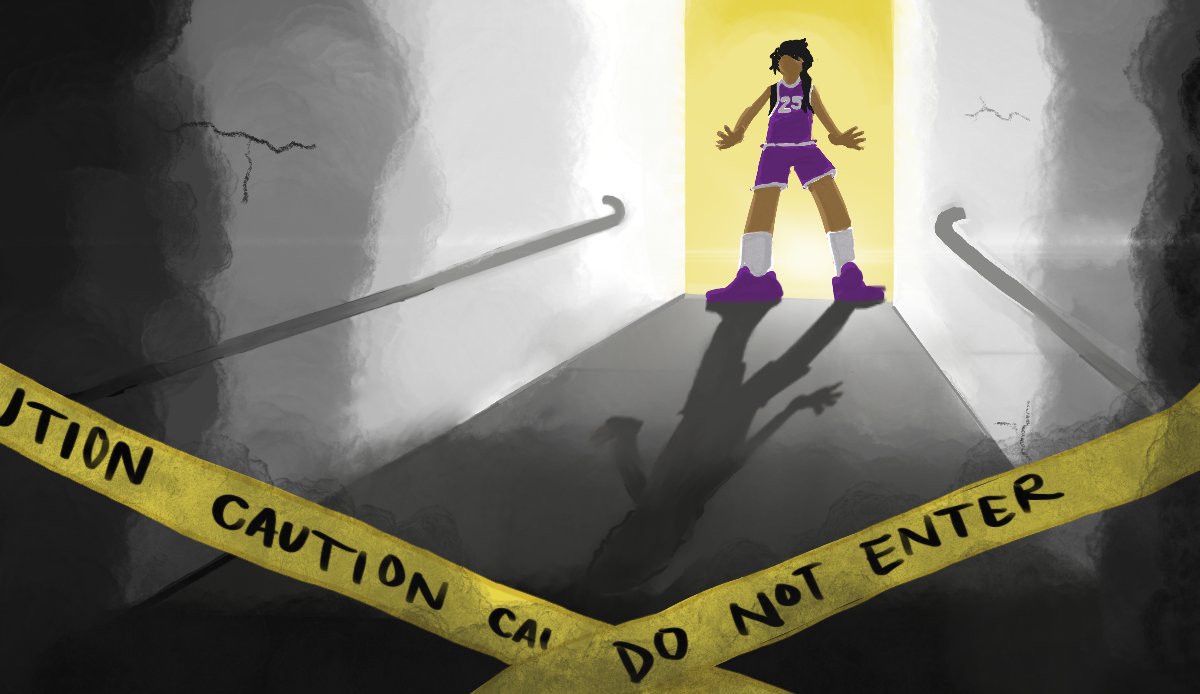
Since the pandemic hit, students have had to quickly adapt to the digital world of virtual learning. Online learning has left many students across the states experiencing what some call “Zoom fatigue.” At the start of virtual learning many people questioned if Zoom fatigue was real, and I can tell you from research and personal experience that “YES, it is!”
So what exactly is Zoom fatigue? It’s that feeling of being burnt out, drained, tired or exhausted after one long Zoom or multiple Zoom sessions. Zoom fatigue symptoms that many people experience are: feeling really tired in-between calls, having a much harder time focusing than usual, headaches, migraines, excessive eye irritation and sometimes even blurred or double vision. All of this can weigh on a student’s mental health.
Aside from feeling burnt out, Zoom fatigue has also made it harder for people to develop social skills with peers and has increased students’ anxiety. Our minds are not made to stare at a screen 24/7 and remote learning has left students feeling like they have to try harder to look and sound better online than they would if physically in a classroom. Not only are you having to put in more effort online to show you are more “focused”, but now when speaking in class you also have to watch yourself on the screen causing even more social anxiety. In a physical classroom, if you have to do a presentation you typically don’t have to watch yourself presenting. But on Zoom you are forced to, causing students to worry about what they look like or whether their background is representative of them.
There are people who struggle to pick up on social cues when in a physical classroom with others. For these people, the virtual space makes things even more difficult. You don’t necessarily need to have poor social skill communication to find it hard to pick up on these cues; people all around are struggling to figure out how to virtually read body language and tone. This is a new way of communicating and learning virtually is causing more anxiety to those who struggle with speaking and social skills. Imagine how it must feel for them to attempt to read body language and social cues during a Zoom meeting? Yeah, talk about having fear of public speaking- yikes.
However, if you are feeling the symptoms of Zoom fatigue here are some tips and strategies to help your mental health.
Eye breaks
One of the main complaints about Zoom fatigue are headaches and migraines, the common trigger being eye strain. As we jump from Zoom to Zoom, we are straining our eyes more and more. I recently met with an ophthalmologist who suggested that you take a 20 – 20 break: look at anything that is 20 feet away from you (cannot be a screen) and stare at it for 20 seconds. You can do this as many times as you need throughout the day to help with any eye pain or headaches.
Fight the burnout
It is very important for us to acknowledge our limitations. You may be feeling that working and going to school from home is requiring more work from your brain, and you’d be right. To help you fight burnout, try to acknowledge what is pushing you to your limits, and for some people, it may mean you need to take fewer classes. Maybe you should speak to your boss and set breaks in-between to help your mind process all that just happened on a Zoom call. If you have more classes on one day than others it’s helpful to prepare in advance.
That might mean you need to gather notes and homework assignments early, and come ready with all materials needed. If you need food during a Zoom session, prepare your snacks in advance. Most importantly make sure you are getting enough hours of sleep: 7 hours or more are recommended for adults and 7 to 8 hours are recommended for people over 65. If you don’t rest well, your mind won’t be able to process and think.
Refocus
If you’re having a hard time refocusing, try this: stretch between meetings and take deep breaths to help you gather your thoughts and feelings. If you have time try to go outside to get some fresh air and go for a walk, step away from your workspace. Go out to soak the sun, the exposure to sunlight helps increase the brain’s release of serotonin. Serotonin is what boosts your mood by helping you feel calmer and focused. So if you can’t go for a walk try to open up your blinds and window to get some fresh air and sunlight.
Just remember if you’re struggling with Zoom fatigue, it’s okay you are not alone, we are in this together. Do your best to get rest, take breaks, and make a routine if needed. Keep in mind to not add more stress or be too hard on yourself. Make sure you are acknowledging your limits and ask for help.


























